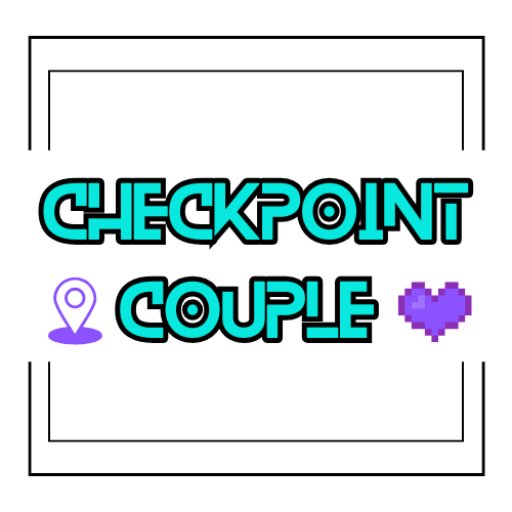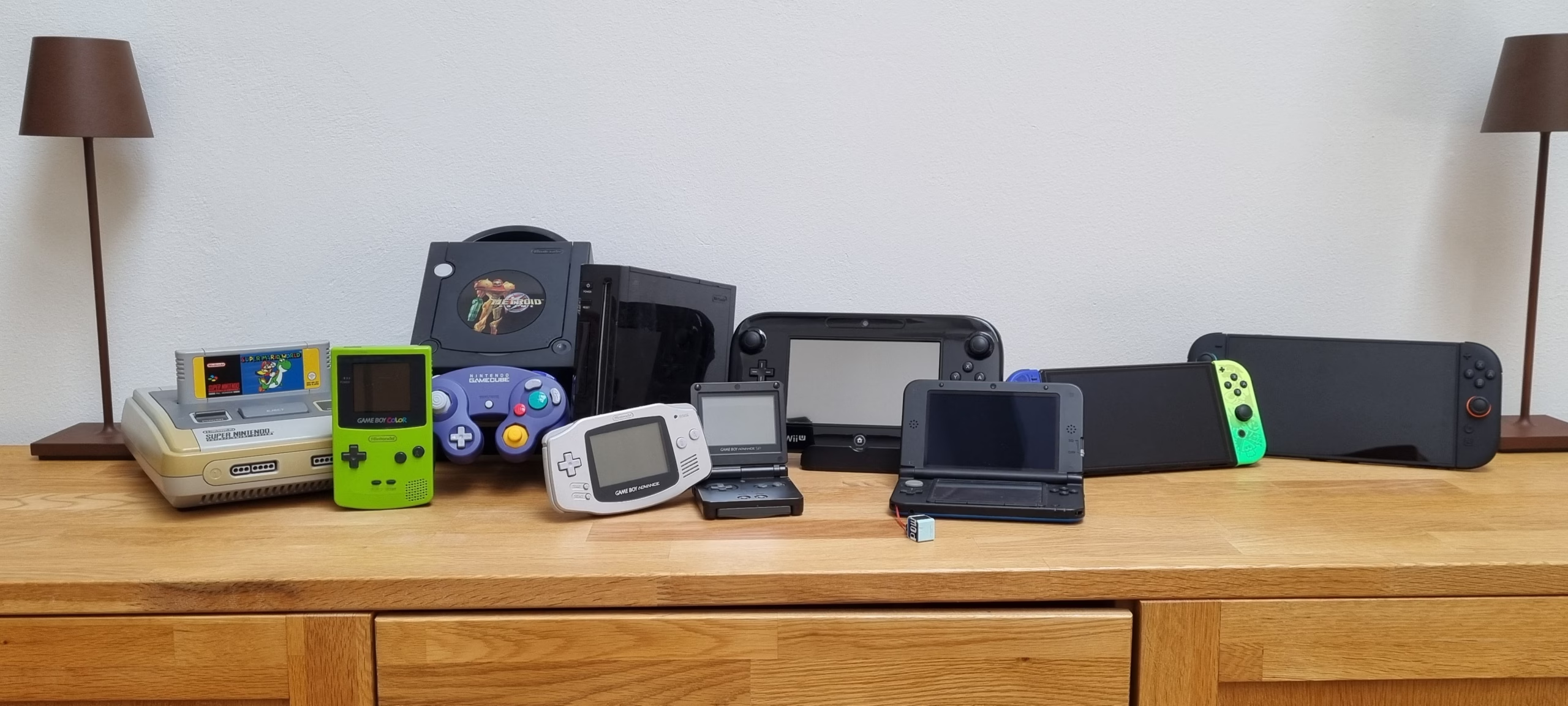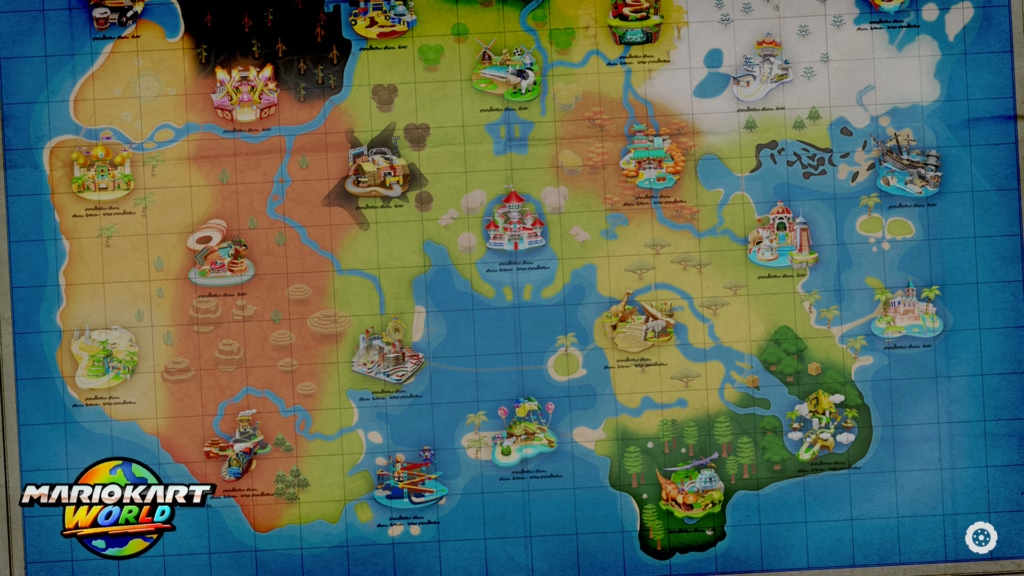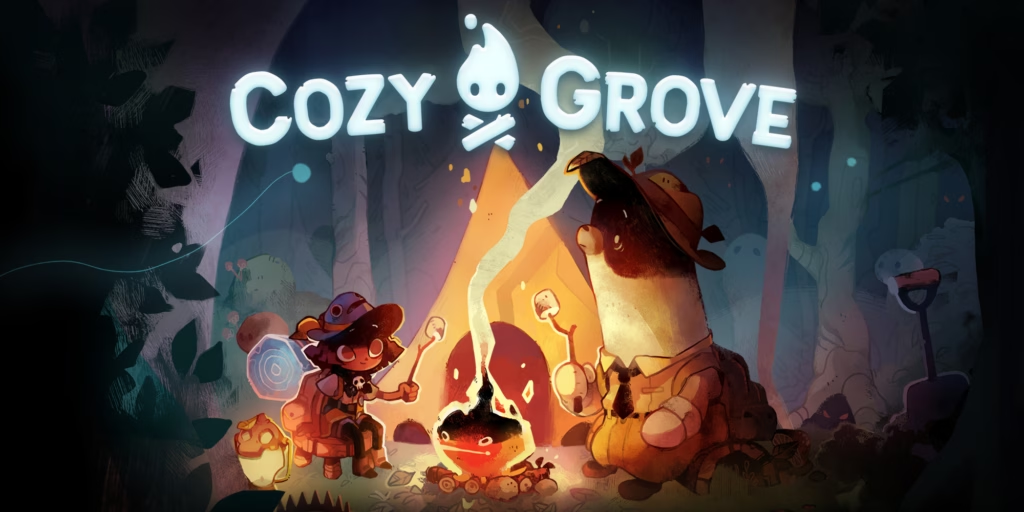Aaaah, a new Nintendo console. To me (Michael), the release of a Nintendo system is always special. Much more so than the release of a new Xbox or PlayStation, simply because it’s Nintendo. It’s the company I grew up with, and because, with only one notable exception, Nintendo, I feel, keeps their promises of delivering amazing content throughout each console generation. Nonetheless, this time more than ever before, the question of whether this new system is actually worth its high asking price is more than ever on consumers’ minds. With that said, I would like to give Checkpoint Couples opinion on the Nintendo Switch 2.
What to expect?
Expect the unexpected. That was, for a while at least, what players had come to expect with each new Nintendo console release. The jump from GameCube to Wii was so monumental that comparisons to the previous system were not really necessary – Nintendo always made it clear what new experiences awaited you if you made the jump. The same goes for the jump from Gameboy Advance to Nintendo DS (and subsequently 3DS) as well as from the Wii U to the Nintendo Switch. This time, however, it feels that Nintendo mostly decided just to give players what they wanted: a more powerful Switch. And in our eyes, that is perfectly fine.

The hardware
Look, I could spout some technical specifications of the Switch 2, though I believe that’s barely news to anyone reading this. If you need a refresher Nintendo has a wonderful video highlighting some of the dettails:
The real question is, how does the hardware feel? In short, the system feels premium. Of course, for a system at that price point (don’t worry, I will get to that discussion as well) it had better feel good. The system itself is the width of an original Switch plus one extra Joy-Con, and while some feared the system would feel too heavy, Nintendo somehow managed to create an incredibly ergonomic system…again.
Much has been said about the Joy-Con’s new sticks, and while we sadly don’t have hall-effect sticks (supposedly due to the magnetic interference from the new locking mechanism), Nintendo has made it a point to mention that they feel a lot better than before. Clearly, something was done to rework the sticks, because they are not only a little bigger, they are also a lot smoother. As though Nintendo had taken some WD-40 to make the sticks move with less effort than before.
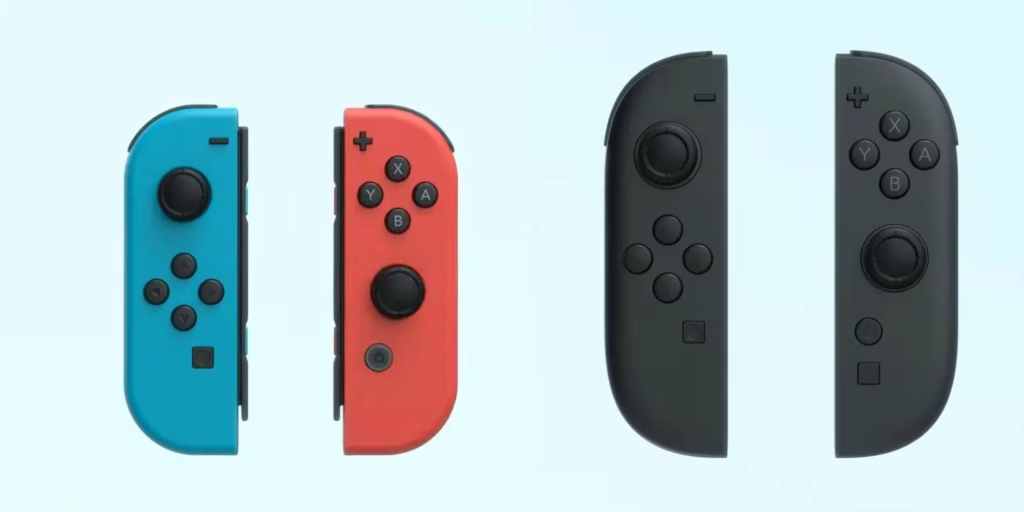
Aside from the obvious physical differences, the Joy-Cons bring, the locking mechanism works like a dream. The Switch 1 always felt slightly cheap with its joycon rails that would naturally loosen with time. These have been replaced with a magnetic lock mechanism that now has a dedicated button in the back. The first time we saw this system in the trailers, we were very concerned about the robustness of the system. After spending a couple of days with the Switch 2 and slightly pulling on the Joy-Cons, all our concerns were swept away.
Talking about some of the changes to the actual Switch 2 unit, on the surface, there is a bigger screen, a new kickstand (similar to the Switch 1 OLED model), a second USB-C slot at the top of the system, and a strange new cartridge slot. The screen is a 1080p, 120Hz-capable LCD display, which looks fantastic in handheld mode. While some may be upset that the display is not an OLED display, directly comparing the OLED Switch 1 with the Switch 2 for image quality shows just how far LCD technology has come. When connected to a 4K TV, the improvements of the Switch 2 become clear, as the system can output at 4K with 60Hz or up to 1440p with up to 120Hz refresh rate.

On the inside, Nintendo worked closely with Nvidia, resulting in a very capable system that, is runs current-gen games such as Cyberpunk 2077 at very respectable levels of performance. Just how well developers will make use of the switch 2’s potential performance will remain to be seen. Looking at the support Switch 1 got, I am confident we will be amazed by what developers get out of this system.
The software
When you first boot up the system and get to the main menu, returning Switch 1 players will feel right at home. Only small details have truly been updated, and, more importantly, given the increased power of the Switch 2, it should come as no surprise that everything just runs snappier. This is especially noticeable when first booting up the eShop, which I would at least classify as usable at this point. I sincerely hope that it stays this way. Comparing Switch 2 at launch to Switch 1s state shows a much more mature system. Unlike Switch 1, this system launches with Bluetooth support straight out of the gate, an integrated friend-chatting system (called GameChat) as well as a successor to the long-forgotten Nintendo DS Download Play feature called “GameShare.”
With GameShare, compatible games can be streamed locally and over GameChat to players who do not actually have the game. This means it is possible to play (for example) Super Mario 3D World with friends even though only one person has the game. Naturally, when streaming the game content over the internet, the performance of GameShare is largely dependent on the internet connections of everyone involved. Our first tests with the aforementioned Mario 3D World yielded some very promising results. Sure, the game won’t be streamed in HD quality, but our experience was largely lag-free. Locally, the performance is much better and can be classified as a true successor to the aforementioned Nintendo DS Download Play.
Finally, the cherry on top that makes the wait for future Switch 2 games more bearable is that the system is almost 100% backwards compatible to Switch 1 games. A few games are incompatible due to the fact that the Switch 2 is ultimately a different piece of hardware compared to the Switch 1. A Switch 2 display won’t fit into a cardboard LABO piano. The Joy-Cons don’t use a rail-locking mechanism that the Joy-Cons of the Switch 1 do, so Ring Fit Adventures just isn’t compatible either. And any game that uses the IR-sensor (thankfully, it’s not many) also won’t work. On the flip side, those games that are compatible tend to run better thanks to the Switch 2’s more powerful hardware. Games like Bayonetta 3, for instance, that struggled to maintain a solid 60 FPS framerate are now almost locked. Clearly, if a game ran poorly on Switch 1, it may be worth going back and checking out those games again.
The new gimmick: Mouse-Mode
So, one aspect of the Switch 2 that I feel does not get talked about enough is its mouse capabilities. On paper, it may seem a little strange, but having the ability to just take one of your Joy-Cons, turning it on its side, and immediately having a full-fledged mouse is honestly quite amazing. I am so glad that Nintendo showcased this feature with Civilization VII in their first proper console Direct. If you are curious, check it out yourself:
Say what you will about Civilization VII (we already went over a little bit in one of our blogs), but controlling the game with a mouse is the optimal way to play it. After having played a full round using the (poorly designed) console controls and comparing it to the Switch 2s mouse mode, there is no contest. This game has become significantly more playable and PC-like due to this “gimmick.”
What this feature does for the portability of sim games (Sim City, Cities Skylines) or strategy games (Total War anyone?!) cannot be understated. Now, all we need is a shell for the Joy-Con to improve the ergonomics.
GameChat – necessary or kinda superfluous?
So let’s talk about the elephant in the room. Yes, Nintendo paywalled their chat functionality. Yes, that means that a button on your controller has a paywall. And yes, it’s essentially Discord. None of that feels particularly great. We would make the argument that Nintendo’s online services are so dirt cheap that it’s not a big deal, but it’s understandable that some potential buyers feel shafted. However…
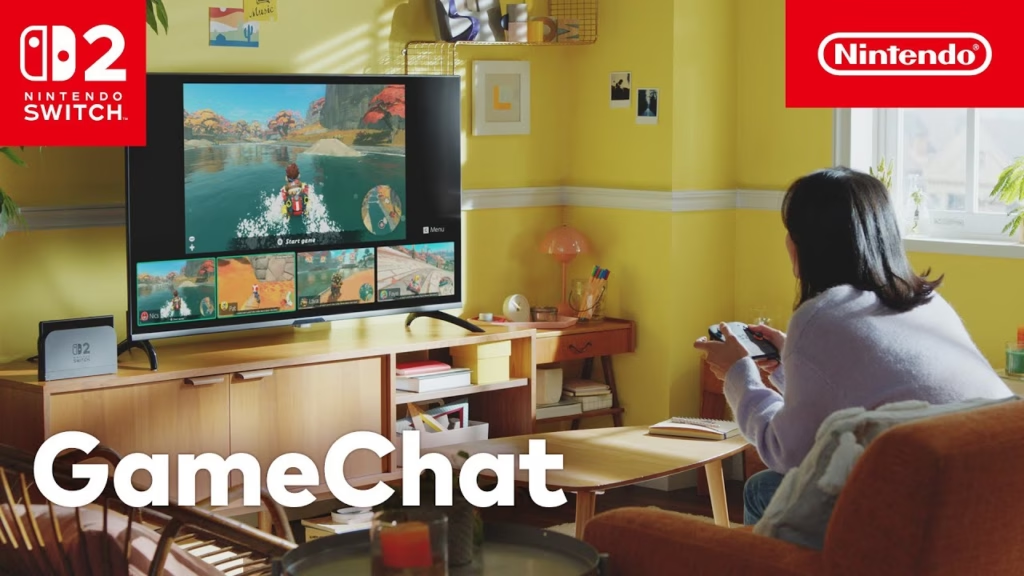
GameChat just feels incredible. Having played several rounds of Mario Kart with friends, both with a camera and without, the system just works. To use GameChat, you need to first go through an initial setup process, reconfirming with your Nintendo Account that yes, you are indeed ok with using GameChat. Then you select with whom you want to GameChat (in case you have an annoying relative on your friends list that you don’t want to play with), and you are good to go!
Pressing the “C-Key” on the right Joycon brings up a simple Menu: “Create Chat” or “Join Chat”. If you want to create a chat, you simply select from your list of pre-approved friends and hop right in. Players even get a notification on their smartphones. Neat!
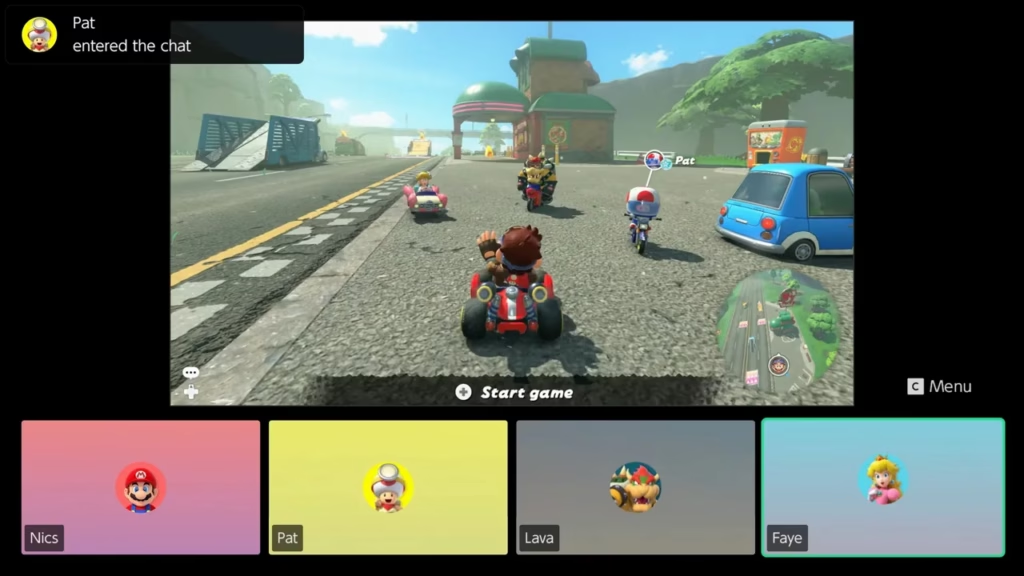
Now, I realize that in the year 2025, having voice chat or screensharing is nothing game-changing. The reason I am still so excited about GameChat is due to the ease of use. Do you prefer not to see your friends’ icons? No problem, press the C button and just quickly change the setting. Want to share your screen immediately? Go ahead. And do not worry if you do not have a headset – the built-in microphone and the noise suppression of the Switch 2 is superb. We played several rounds of Mario Kart World, without headsets, while being on GameChat, and the sound of the game or our surroundings where NEVER transmitted. It kinda just works.
Furthermore, much has been said about the screensharing not being particularly great due to the low framerate of the stream. While I kind of agree that it could look nicer, I would not want to lose the feature or have the system take any performance hits due to this novelty feature.
The elephant in the room…
Ever since the Switch 2s announcement, there has been so much discussion around the pricing of the system and the games. Rarely have I ever seen so much debate around a systems pricing since the days of PlayStation 3. So here are the facts: considering just the base system, it retails at 450 USD / 470 €, and the Mario Kart World bundle costs 500 USD / 510 €. I am not going to sugar coat it: that’s a lot of money for a console. The accessories, too are significantly more expensive than their Switch 1 counterparts, in some cases being a solid 50% more expensive in comparison.
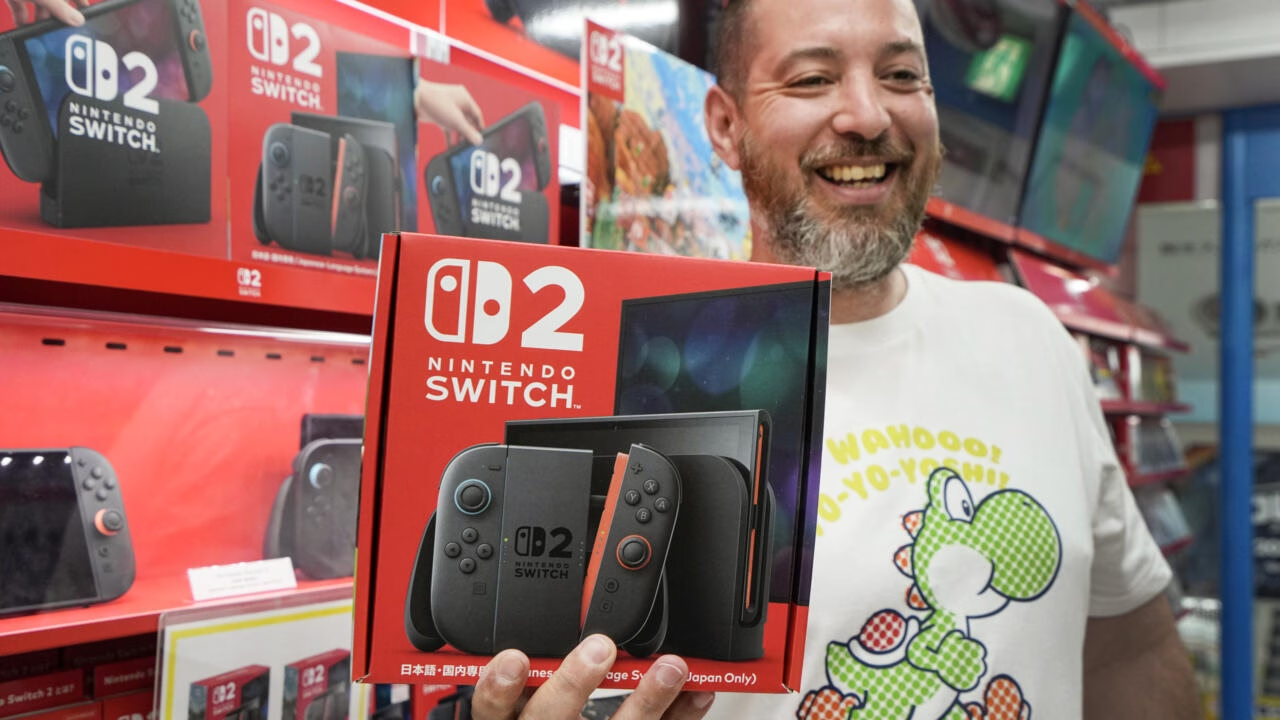
While there is certainly a larger discussion to be had about skyrocketing prices, costs of living, and stagnating wages, the real question remains whether the Switch 2, in the grand scheme of video games, is priced appropriately or not. In our opinion, while we would have preferred a lower price point (400 USD / € would have been ideal), we find it difficult to fault Nintendo’s pricing. The system is significantly more powerful than the previous iteration and outperforms PS4 Pro and Xbox One X in games like Cyberpunk 2077.
“But Michael! If I spend just a little bit more, I’ll get waaay better performance and visual experiences, from a PlayStation 5!” This is not a tower of a console like a PlayStation 5 or Xbox Series X, it’s a handheld. This is one aspect a lot of people seem to be missing. This is a mobile device, a mobile chipset. Sure, they may be similarly priced, but that does not mean you can expect similar levels of performance when the use cases are so different. By that logic, a top-of-the-line iPhone should be able to deliver gaming performance that outperforms a PlayStation 5 or Xbox Series X.
Verdict
So, with what impressions does the Switch 2 leave us? For the relatively high price of the console, you get a better Switch. It is undoubtedly more performant while keeping all of the benefits of portability that made the old Switch so successful. Nintendo’s attempt at new gimmicks, i.e. GameChat and using your Joy-Cons as computer mice, work surprisingly well. GameChat is one of the smoothest natively integrated chat systems in the console space, and the mouse mode works seamlessly. Of course, these gimmicks are not nearly as interesting as those of the Switch 1 or the Wii’s revolutionary Wiimote and motion controls. The question is whether that is truly necessary? The Switch 1 revolutionized the idea of a “home console you can take on the go.” So much so that Nintendo combined its hardware lines and shut down its dedicated handheld product line to focus on the Switch. However, the Switch 1 had problems, and for the past years the community kept calling for a stronger, more powerful Switch. A system that could stand toe-to-toe with current-gen systems. And in our opinion, Nintendo delivered. We can understand if some people decide to wait before making the jump, the price of the system is high, and some of the game prices are ludicrous and not justified, but we are confident that those who do decide to make the jump will have a plethora of amazing games to look forward to.

